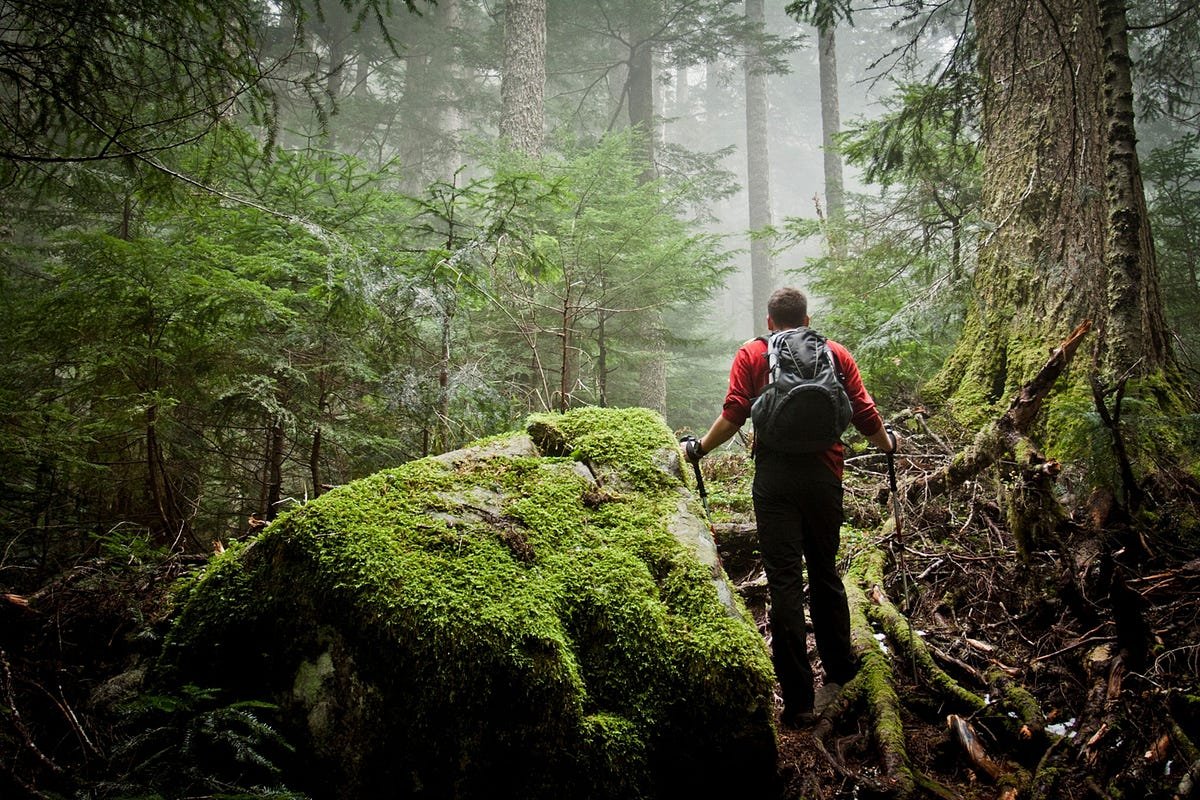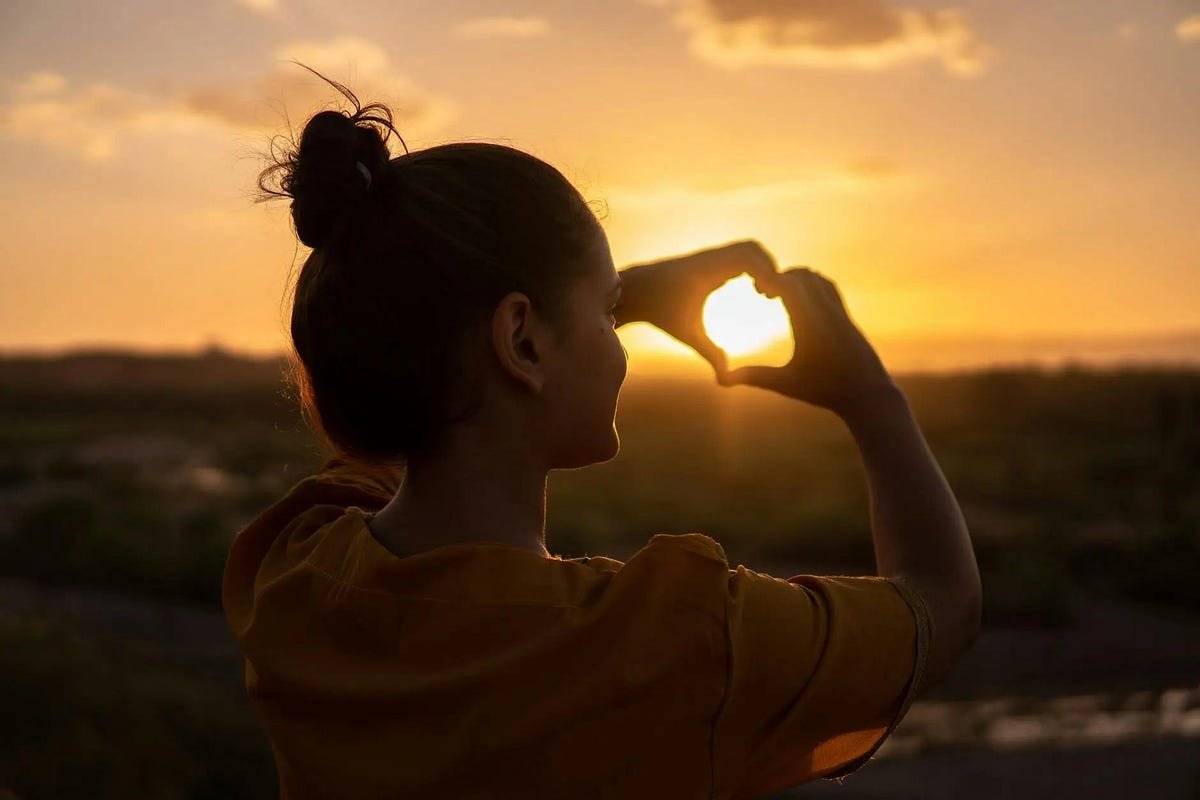The Day I Learned Why Every Hiker Needs a Backup Plan | by Family in Yosemite | Jul, 2025

The fog rolled in like a silent predator, transforming my familiar morning hike into something I’d only read about in survival stories. One moment I was confidently striding up the well-worn path to Mount Washington’s summit, and the next, I couldn’t see more than ten feet in any direction.
I’d hiked this trail dozens of times over the past five years. Every rock formation, every stream crossing, every turn was etched in my memory. Or so I thought. What I discovered that morning was how quickly confidence can turn into confusion, and how a routine adventure can become a lesson in humility that changes your perspective forever.
It started as one of those perfect September mornings in New Hampshire. The weather forecast promised clear skies and mild temperatures — ideal conditions for what I planned as a quick four-hour solo hike. I’d done this route so many times that I barely glanced at my map before stuffing it into my pack alongside a basic first aid kit and some snacks. My phone had a full battery, and I figured that was backup enough.
The first hour went exactly as expected. I made good time on the lower sections, enjoying the early morning solitude and the familiar rhythm of my hiking boots on the rocky trail. The forest was awakening around me — birds calling, leaves rustling in the gentle breeze, and that crisp mountain air filling my lungs with each breath.
Then everything changed.
Around 7,000 feet, I noticed wisps of cloud drifting between the trees. Nothing unusual for this elevation, and certainly nothing that concerned me. But within fifteen minutes, those innocent wisps had transformed into a thick, impenetrable fog that reduced visibility to almost nothing. The trail markers that had been so obvious moments before seemed to vanish into the gray void.
At first, I wasn’t worried. I knew this trail like the back of my hand, right? I kept walking, confident that my internal compass would guide me through the temporary inconvenience. But as minutes turned into an hour, a uncomfortable realization began to settle in: I wasn’t entirely sure where I was anymore.
The fog had a disorienting effect that I’d never experienced before. Sounds became muffled and seemed to come from impossible directions. The trail, which I thought I knew perfectly, began to feel foreign. Side paths and game trails that I’d never noticed before suddenly appeared out of the mist, making me question which route was actually the main trail.
My phone, which I’d relied on as my backup navigation, showed no signal at this elevation. The GPS worked, but the downloaded map data was limited, and I realized I’d never bothered to learn how to use the compass feature properly. Here I was, supposedly an experienced hiker, feeling increasingly vulnerable because I’d grown too dependent on familiar terrain and cellular coverage.
The smart thing to do — and what I eventually did — was stop moving. I found a large boulder, sat down, and forced myself to think rationally despite the growing anxiety. I pulled out my paper map (thank goodness I’d brought it, even if I’d barely looked at it) and tried to orient myself using the compass I carried more out of habit than actual knowledge.
It took nearly two hours of careful navigation and several false starts, but I eventually found a recognizable landmark: a distinctive rock cairn that marked a trail junction I’d passed hundreds of times before. The relief I felt at that moment was overwhelming. From there, I was able to safely navigate back to familiar terrain as the fog finally began to lift.
That experience fundamentally changed how I approach hiking, especially solo adventures. I realized that familiarity breeds a dangerous kind of complacency. Just because I’d hiked a trail many times didn’t mean I was prepared for every situation that trail might present. Weather, visibility, seasonal changes, and even my own mental state could transform a routine hike into something much more challenging.
Now, my pre-hike routine looks completely different. I study maps thoroughly before every outing, regardless of how familiar the terrain might be. I’ve learned to use a compass properly and practice navigation skills regularly. I carry backup batteries for my devices, always inform someone of my planned route and expected return time, and most importantly, I’ve developed a healthy respect for how quickly conditions can change in the mountains.
The fog incident taught me that preparation isn’t just about carrying the right gear — it’s about having the knowledge and skills to use that gear effectively when your familiar world suddenly becomes unfamiliar. It’s about understanding that nature doesn’t care how many times you’ve been somewhere before; it demands respect and preparation every single time.
Looking back, I realize how lucky I was. My situation could have easily escalated into something much more serious if the weather had been worse, if I’d been injured, or if I’d made different decisions in those disorienting moments. That morning on Mount Washington was a wake-up call that transformed me from an overconfident hiker into someone who truly understands the importance of wilderness safety.
For anyone who enjoys spending time on trails, I can’t emphasize enough how valuable it is to learn comprehensive wilderness emergency and navigation protocols before you need them. The skills and mindset that can keep you safe aren’t just about surviving extreme situations — they’re about preventing routine adventures from becoming emergencies in the first place.
These days, every hike feels like a gift rather than a given. I’m more present, more observant, and infinitely more prepared. That foggy morning might have been frightening at the time, but it gave me something invaluable: a deep appreciation for both the beauty and the power of the wilderness, and the knowledge that respecting that power is what allows us to safely enjoy everything nature has to offer.
Key Takeaway
Even on familiar trails, conditions can change rapidly. The best hiking insurance policy isn’t just carrying the right gear — it’s having the knowledge and skills to use it effectively when the unexpected happens.

